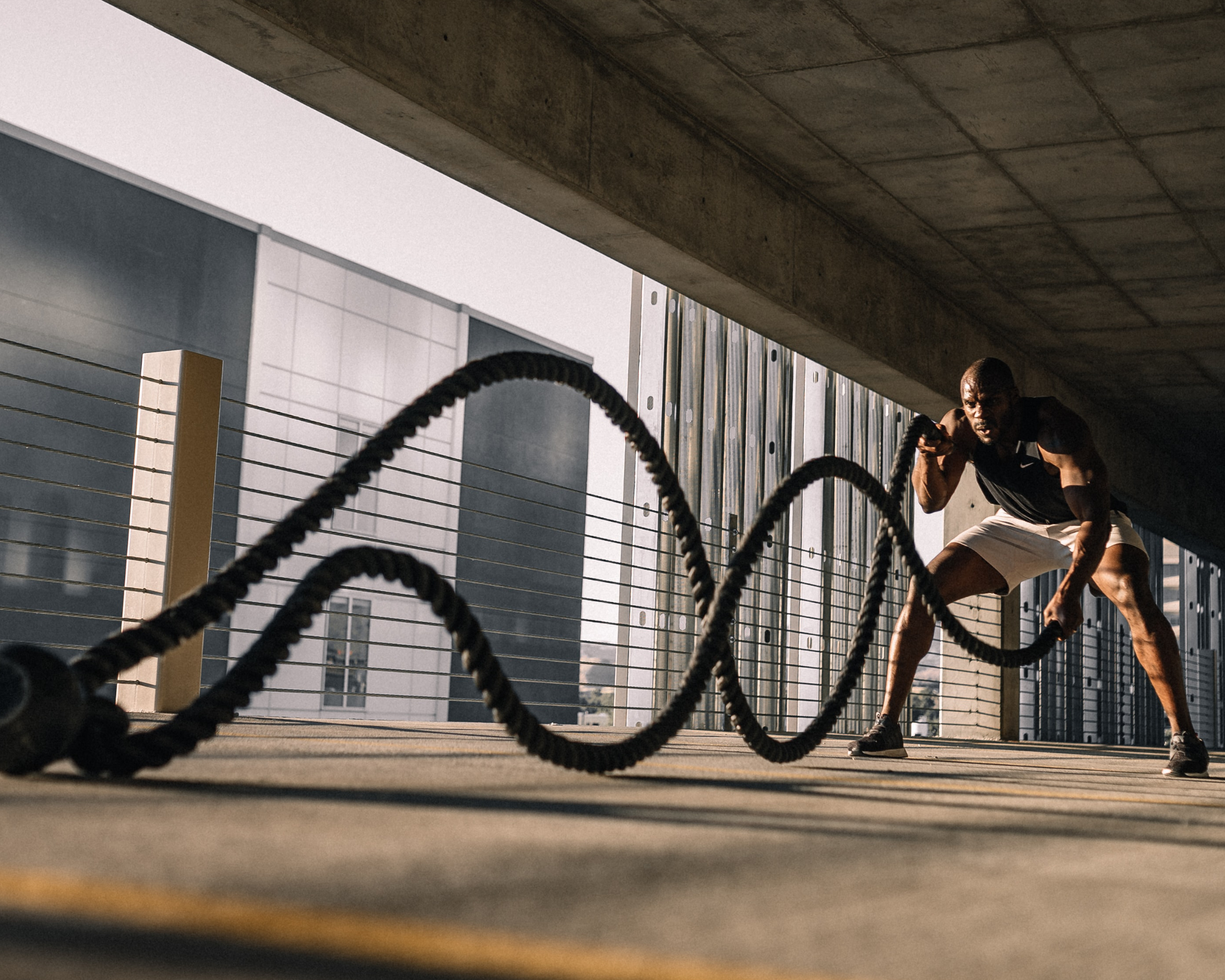HIIT or steady-state cardio? What’s the difference and which one will work best for you?
Looking to boost your cardio base? There are several options available and it can be difficult to decide what to choose. Do you do long, leisurely runs or ramp up the heart-rate in minutes with a hight-intensity interval training (HIIT) strenuous routine? While both options have their passionate adherents, the choice is not that simple. Let’s take a look at the benefits and drawbacks of each.
STEADY-STATE CARDIO
Steady-state cardio has long been the go-to choice for those looking to boost their cardio-vascular performance. Runs where you stay at the same intensity are the most common form of steady-state cardio training and have been used for generations by athletes of all kinds. Steady-state cardio has various benefits. You build muscular strength as well as endurance, and your body is able to use energy more efficiently. Steady-state exercise is particularly good for your heart, making it more efficient too. The drawbacks of a steady-state workout centre around the fact that it can be very time consuming. Setting aside an hour or more to run can be challenging for busy people. It can also be boring for some people.
HIIT
High-intensity interval training has gained popularity over the past decade and we now see all kinds of claims as to its increased efficacy over other more traditional forms of cardio work. Sprints, interval rowing and burpees are some examples of exercises that can be included in a HIIT routine. The biggest pro of HIIT exercise is that it is incredibly time efficient. If you can do 20 minutes of intense exercise then you’re effectively set for the day. There are tons of exercises that you can include in a HIIT workout, making it a far more diverse and interesting activity than just hitting the road in running shoes. The cons are that it can be too intense for some people. In order to get the full benefits out of true HIIT exercises, you need to be pushing yourself to the max during every interval, which is incredibly challenging, both mentally and physically. The risk of injury and burnout is high due to increased demands of trying to keep up with a HIIT workout.
THE VERDICT
The jury is still out as to which is the superior form of cardio work. In fact, a study published in the Journal of Sports Science & Medicine has shown that there is very little difference in the benefits of each of the modalities in untrained students. With this in mind, why not do them both? A cardio routine that maximises both the time efficiency of HIIT and the physiological changes of steady-state makes for the perfect solution to this conundrum.
Words by Joel Summers
Photography: Unsplash







